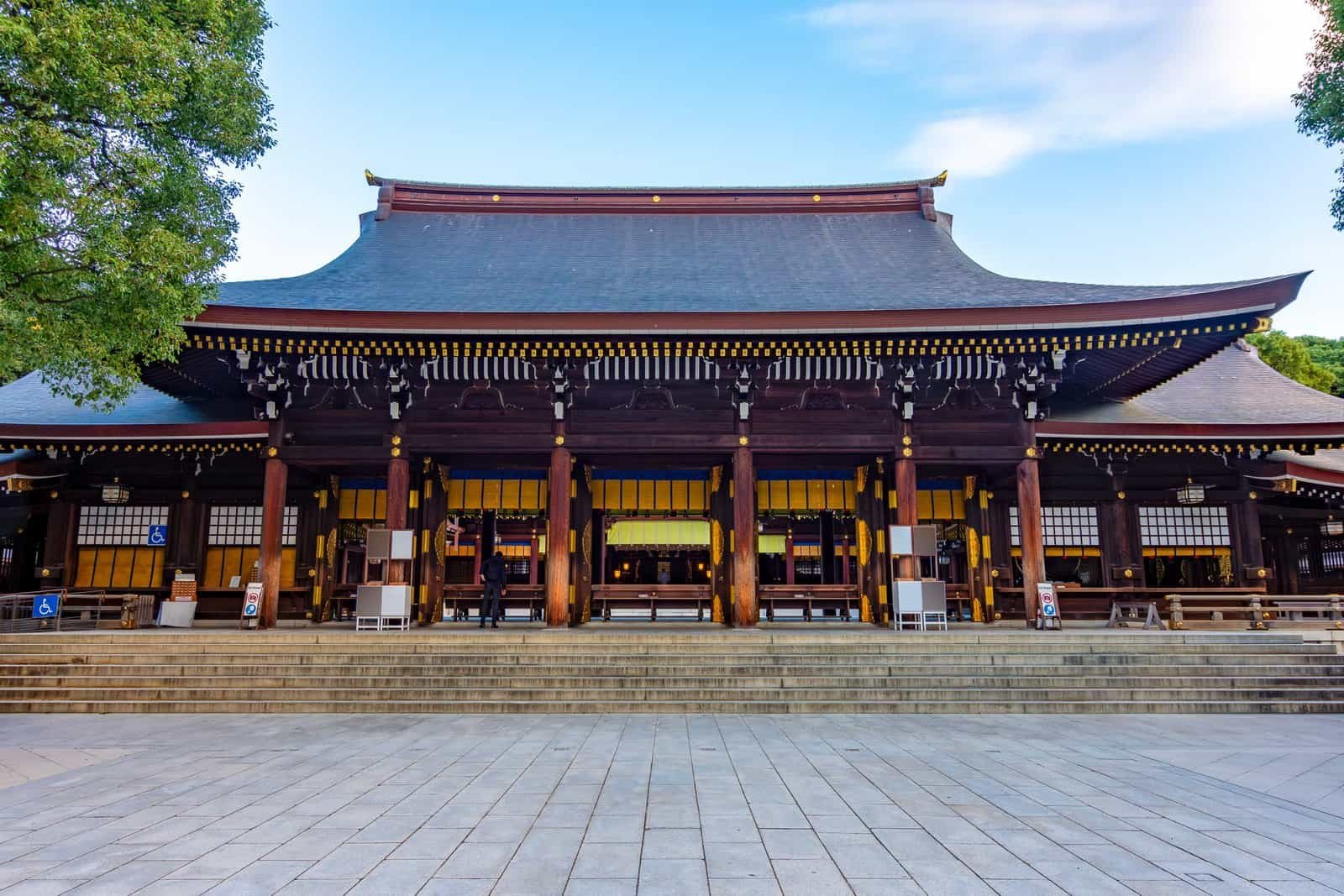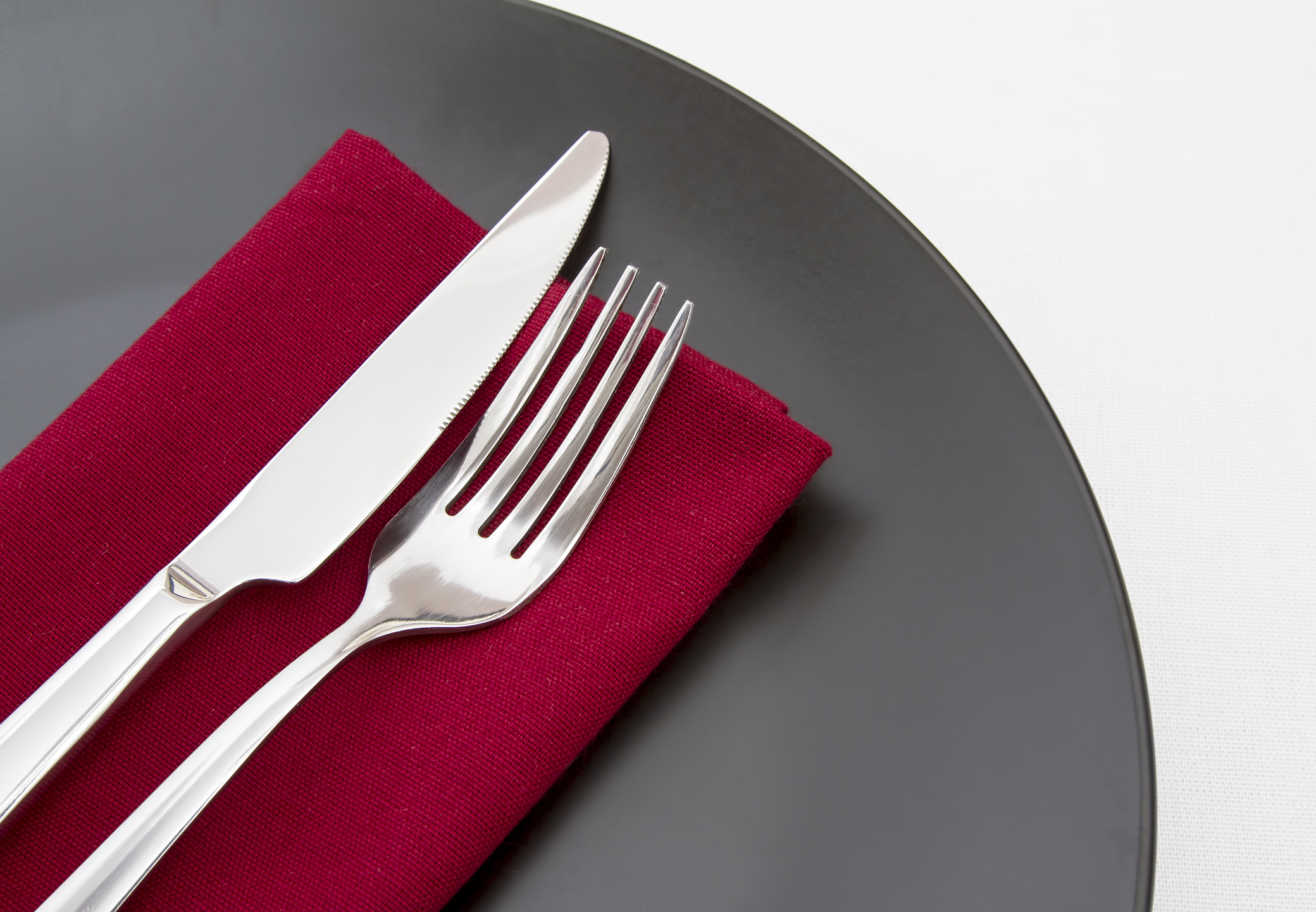Meiji Jingu Shrine – Tokyo, Japan
Meiji Jingu Shrine Overview
Meiji Jingu Shrine is Tokyo’s most important Shinto shrine, dedicated to Emperor Meiji and Empress Shoken. Nestled in a 170-acre forest of over 100,000 trees, the shrine is a tranquil oasis in the heart of bustling Shibuya. Since its completion in 1920, Meiji Jingu has become one of Japan’s most visited religious sites, attracting millions each year for New Year’s prayers, traditional weddings, and quiet reflection. Its towering torii gates, peaceful forest paths, and stately wooden halls create a serene atmosphere that contrasts with the energy of nearby Harajuku and Shinjuku. For travelers, it offers both cultural immersion and natural beauty in one of the world’s busiest cities.
Why Visit Meiji Jingu Shrine
- Experience Tokyo’s most famous Shinto shrine, dedicated to Emperor Meiji
- Walk through a sacred forest that feels worlds away from urban Tokyo
- Admire traditional wooden architecture and iconic torii gates
- Witness Shinto wedding processions and seasonal festivals
- Participate in spiritual rituals like offering prayers or writing ema (wooden plaques)
Meiji Jingu Shrine Highlights
- Grand Torii Gates: Massive cypress-wood gates mark the entrance to the sacred grounds
- Naien (Inner Garden): Home to the main shrine buildings, including the honden (main hall)
- Treasure Museum: Exhibits items connected to Emperor Meiji and Empress Shoken
- Meiji Jingu Gyoen Garden: A landscaped garden with an iris pond that blooms beautifully in June
- Seasonal Ceremonies: Events such as Hatsumode (New Year’s prayers) draw massive crowds
History & Cultural Significance of Meiji Jingu Shrine
Meiji Jingu was built in 1920 to honor Emperor Meiji, who reigned from 1867 to 1912, and Empress Shoken. Emperor Meiji played a pivotal role in the modernization of Japan during the Meiji Restoration, overseeing the nation’s transformation from a feudal society to an emerging global power. The shrine was destroyed during World War II bombings but was rebuilt in 1958 with the help of public donations, reflecting its enduring significance. Today, Meiji Jingu remains a spiritual heart of Tokyo and a symbol of Japan’s blending of tradition and modernity. It is also one of the most visited shrines in the country, particularly during New Year, when over three million people come to offer prayers for the coming year.
Meiji Jingu Shrine Typical Costs & Tickets
Entry to the Meiji Jingu Shrine grounds is free. However, certain areas such as the Meiji Jingu Gyoen Garden require a small admission fee (about ¥500 / $3–4 USD). The Treasure Museum may also have a separate fee. Donations for prayers, ema plaques, and omamori (protective charms) are available for purchase, typically ranging from ¥500–¥1,000 ($3–$7 USD).
Best Time to Visit Meiji Jingu Shrine
Meiji Jingu can be visited year-round, with each season offering a different experience. Spring brings cherry blossoms near the entrance, while June is famous for the iris garden in bloom. Autumn offers vibrant foliage, and winter provides a quiet, reflective atmosphere. The most significant time to visit is during Hatsumode, the first days of the New Year, when millions gather to pray for good fortune. For a quieter experience, weekday mornings are best, when the shrine paths are calm and serene.
Nearby Experiences
Meiji Jingu sits at the edge of some of Tokyo’s liveliest neighborhoods. Just outside the entrance is Harajuku, famous for its youth culture, shopping, and quirky fashion boutiques. A short walk takes you to Omotesando, a tree-lined avenue known for upscale shopping and architecture. To the north lies Shinjuku Gyoen National Garden, another green oasis in the city, and Shibuya’s bustling Scramble Crossing is just a few minutes away. This makes the shrine an easy stop on a day of exploring Tokyo’s cultural and modern highlights.
Meiji Jingu Shrine Travel Tips
- Approach through the massive torii gates and rinse your hands at the temizuya (purification fountain) before entering
- Photography is allowed outdoors, but be respectful inside sacred areas
- Look out for traditional Shinto weddings, often held on weekends
- Wear comfortable shoes — the shrine grounds are large, with long gravel paths
- Combine your visit with nearby Harajuku and Omotesando for a full day in the area
Fun Facts & Local Legends about Meiji Jingu Shrine
- The shrine’s forest contains over 100,000 trees donated from all over Japan when it was established
- Meiji Jingu attracts more visitors for New Year’s prayers than almost any other shrine in Japan
- The cypress-wood torii at the entrance is among the largest in Japan
- Emperor Meiji was known for writing poetry — over 100,000 waka poems are attributed to him










